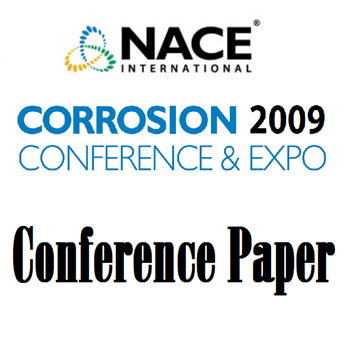Search
51316-7887-Qualification of Integral Dinned UNS S32205 Heat Exchanger Tubing for Refinery Wet H2S se
Also Purchased
09338 Heat Treatment Issues on Stainless Steel Heat Exchanger Tubes
Product Number:
51300-09338-SG
ISBN:
09338 2009 CP
Publication Date:
2009
$20.00
51316-7888-Modeling and Prediction of Corrosion of Steel Tubular in SAGD/CO2 Co-Injection System
Product Number:
51316-7888-SG
ISBN:
7888 2016 CP
Publication Date:
2016
$20.00
51316-7891-Effect of Monoethylene Glycol on Sweet Top-of-Line Corrosion
Product Number:
51316-7891-SG
ISBN:
7891 2016 CP
Publication Date:
2016
$20.00




